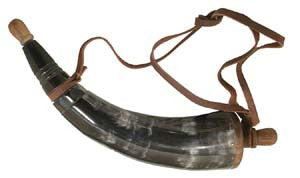
Traditional Hand Fan
The discovery of the fan to move air, smoke and cool the air predates recorded history. Consequently, one can only guess as to how the fanning function was first observed. One reasonable assumption is that our primitive ancestors reacted to bothersome insects by swatting at them with their hands, a tree branch or the broad leaf of a plant. If this were the reason for discovery, our swatting ancestors would very likely have felt a cooling sensation in the air.
And if they were to have battled their insects around a smoking fire, they would have actually seen the air move. How a tree branch or broad leaf evolved into the invention of a manmade fan is easy to imagine when one considers that primitive Indians of the Amazon River basin have used hand screens of woven grass (called "fronds") to fan their fires when making flour.
Fans have evolved beyond practical use to acquire ceremonial significance. More than three thousand years ago, fans were made with bird feathers and designed to be an important characteristic of imperial pomp. Feathered fans also lent wonderful gracefulness and charm to court dancers who appeared to be heavenly phoenixes.




